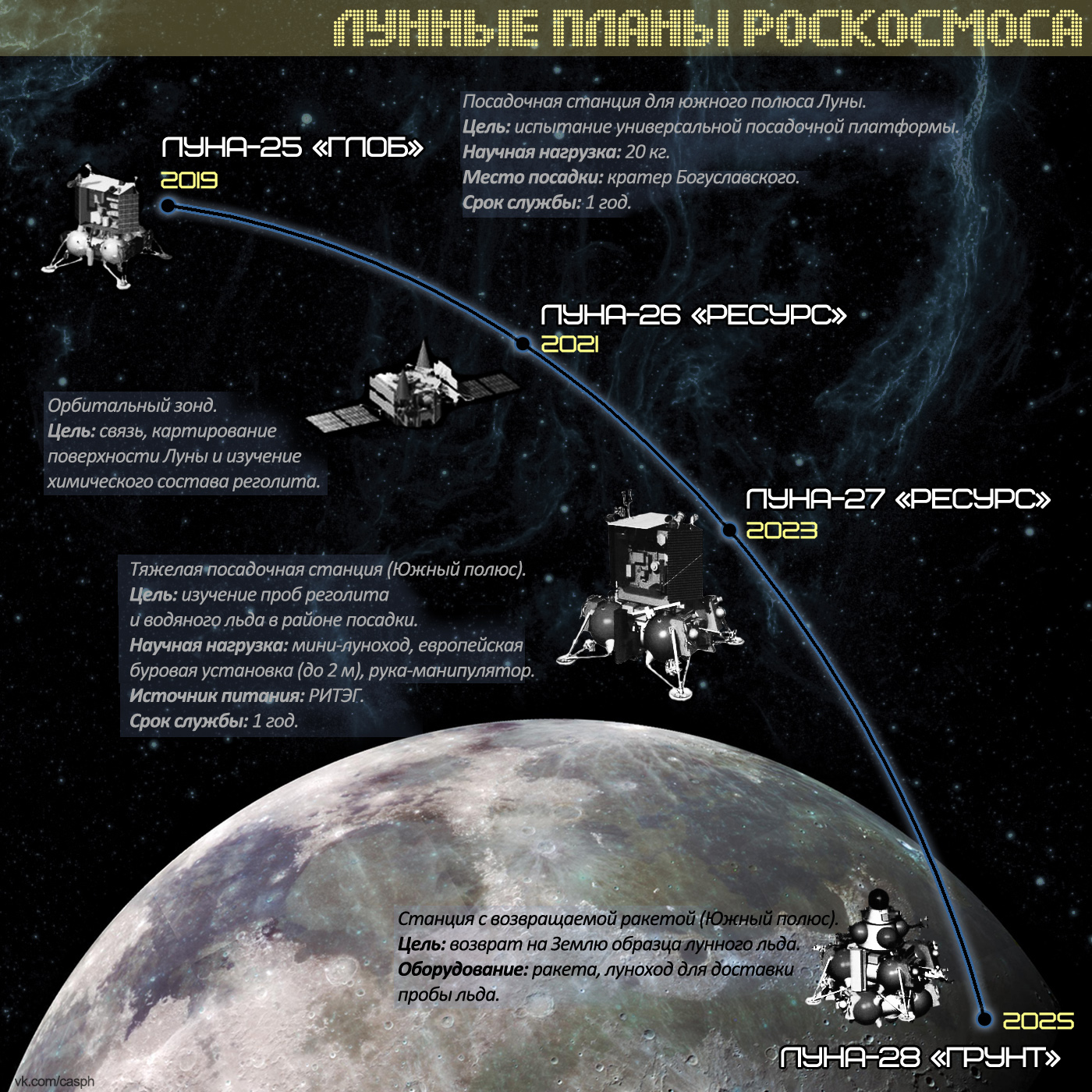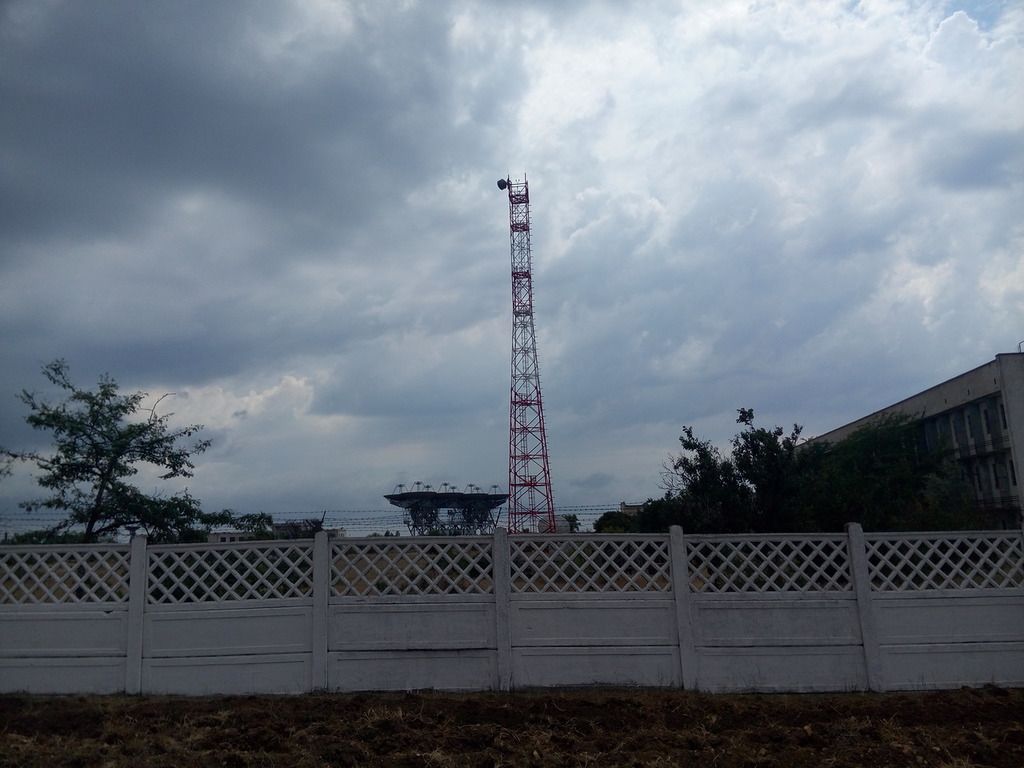Luna 25 will receive a "light beacon"
"Luna-25" will be for the Russian Federation another attempt to independently leave the near-Earth orbit since the times of the USSR. The first mission - Luna-25 (Luna-Glob) is a demonstration test, the purpose of which is to fly to the Moon and land on its surface. The scientific load is minimal, the device will serve the development of systems for remote space communications, control and landing. Success will demonstrate the ability of Roscosmos to land on the moon and preparedness for more complex research missions. One of the tasks will be testing the element of the laser navigation system on the moon.

Izvestia reported on possible testing of the navigation system on the moon. These navigation systems are developed within the framework of the Federal Space Program. The Lavochkin Scientific and Production Association told Izvestia that the basis of the navigation system on a natural satellite of the Earth will be laser light beacons, which will be installed on the surface of the first Russian lunar landing station for many years, which will be planted near the South Pole of the Moon.
Lighthouses at Luna-25 station will only be able to indicate the exact coordinates of the landing site latitude. It is expected that their light can be seen from the Earth with the help of telescopes. For full navigation, it is necessary to determine the longitude, which will be possible after installing such devices near the equator of the Moon.
Laser beacons will allow to calculate the coordinates with an error of no more than 30 meters. Technical details are not reported. Whether it will be active laser emitters or passive corner reflectors is unclear.
The launch of the Luna-25 spacecraft is scheduled for 2019. According to Izvestia, the Russian Ministry of Defense and Roscosmos have begun a joint modernization of the control and measurement complex in Yevpatoria. The instruments of the complex are the 32-meter transmitting antenna P-400 and the 70-meter P-2500 (RT-70).

Photo: Radio relay line to the second site , where the P-400 is located, was built in the summer of 2017.
In Soviet times, the site of the Center for Remote Space Communication was connected by an eight-kilometer cable containing precious metals, which was stolen in the 90s. In 2013, one of the two antennas at the Second site was dismantled.

Izvestia reported on possible testing of the navigation system on the moon. These navigation systems are developed within the framework of the Federal Space Program. The Lavochkin Scientific and Production Association told Izvestia that the basis of the navigation system on a natural satellite of the Earth will be laser light beacons, which will be installed on the surface of the first Russian lunar landing station for many years, which will be planted near the South Pole of the Moon.
Lighthouses at Luna-25 station will only be able to indicate the exact coordinates of the landing site latitude. It is expected that their light can be seen from the Earth with the help of telescopes. For full navigation, it is necessary to determine the longitude, which will be possible after installing such devices near the equator of the Moon.
Laser beacons will allow to calculate the coordinates with an error of no more than 30 meters. Technical details are not reported. Whether it will be active laser emitters or passive corner reflectors is unclear.
The launch of the Luna-25 spacecraft is scheduled for 2019. According to Izvestia, the Russian Ministry of Defense and Roscosmos have begun a joint modernization of the control and measurement complex in Yevpatoria. The instruments of the complex are the 32-meter transmitting antenna P-400 and the 70-meter P-2500 (RT-70).

Photo: Radio relay line to the second site , where the P-400 is located, was built in the summer of 2017.
In Soviet times, the site of the Center for Remote Space Communication was connected by an eight-kilometer cable containing precious metals, which was stolen in the 90s. In 2013, one of the two antennas at the Second site was dismantled.
All Articles